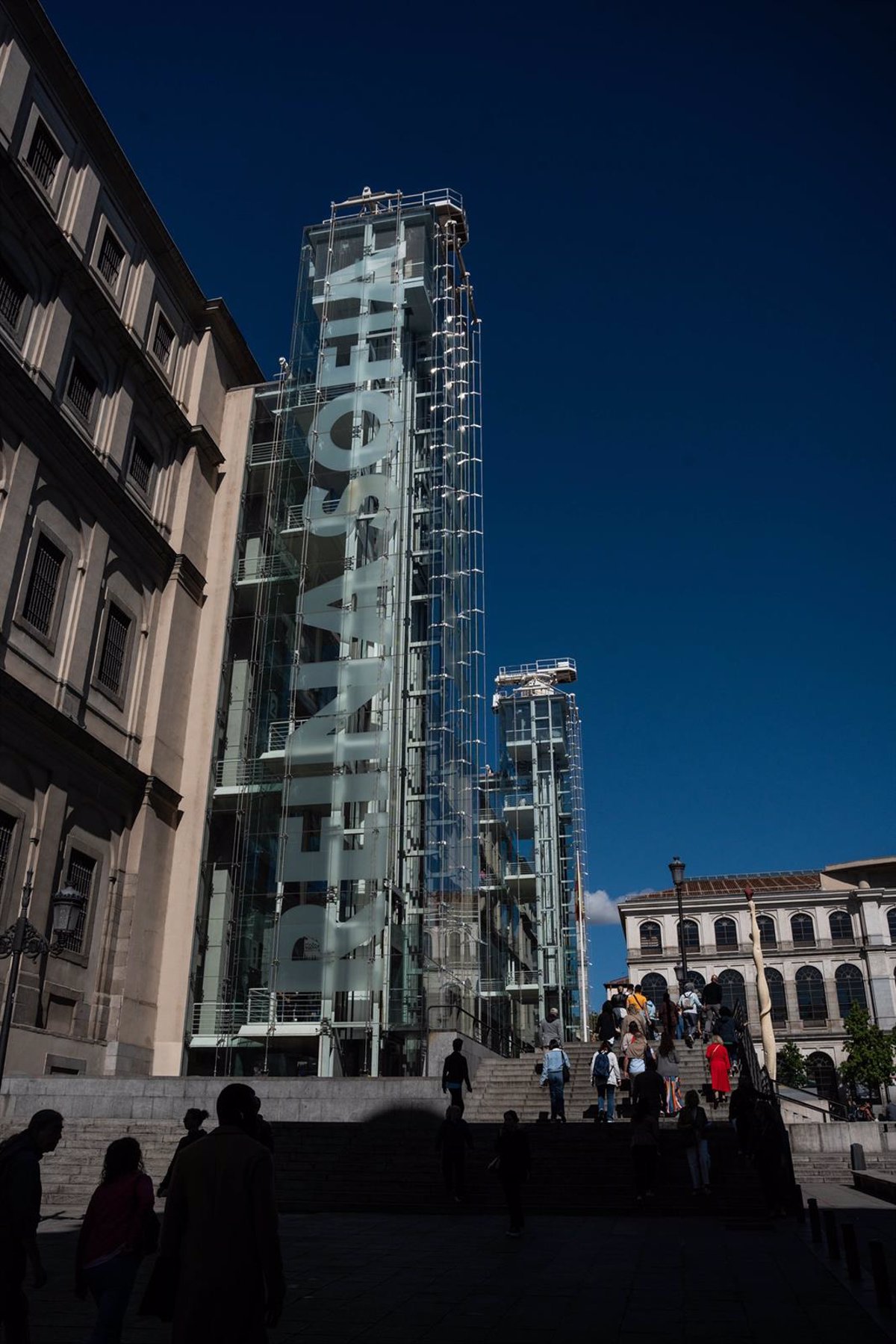He Reina Sofia Museum welcomes from this Tuesday ‘Esperpento. Popular art and aesthetic revolution’, an exhibition that addresses the concept formulated by the writer Ramón María del Valle-Inclán as a nucleus of aesthetic thought capable of offering a new perspective to understand reality.
Through a selection of documents and artistic works of various kinds, the exhibition examines the main themes and strategies that articulate the grotesque, highlighting that it is an aesthetic proposal that has survived the time and thought of Valle-Inclán.
As reported by the museum, the exhibition is divided into eight large sections. It begins in the last decades of the 19th century with ‘Before the absurdity’which shows a selection of the satirical press of the time, paintings and popular optical devices that were a precursor to deformation techniques.
Already in the 20th century, ‘Midnight Vision’ It delves into artistic works related to the effects of the First World War, spiritualism and altered states of consciousness that show the impact of a reality that was decomposing.
‘Puppet stage’ y ‘The honor of Don Friolera/Shrove Tuesday’ They summon elements and literary forms of popular tradition to openly denounce Valle-Inclán’s disagreement with the powers that be; while ‘Bohemian lights’ It includes explicit references to the moment of social revolt and bohemian decadence in which the work of the same name takes place.
For its part, ‘Retablos’ It delves into works by artists, which converge with the writer’s stories, where religiosity is mixed with popular tradition to show instincts, sins and passions; and ‘Tyrant Banderas’ presents the incarnation of the grotesque in the figure of the tyrant that the writer portrayed.
Finally, ‘The Iberian arena’a title taken from Valle-Inclán’s unfinished novel project, closes the exhibition with the metaphor of the history of Spain as a great bullring, where violence, politics and spectacle reveal the previous tensions that led to the Civil War.

ElsasCaldwell – Music – HulkShare
TrevonsCannon
KatesStrickland – Profile – Encyclopaedia Metallum: The Metal Archives
JustinsGoodman's Weight Loss Surgery Support Wall
chillspot1.com
Quomon.es
Aprelium – Forum :: Viewing profile
ArturosHoward » Infozillon
NoelsRamsey » AutoVinINFO – Бесплатная проверка VIN
DarnellsNicholson » Filme Crestine Online HD
Public profile | KaseysShepard | http://WWW.MAZAFAKAS COM.
KonnorsHood » Qiziqarli.net – Bu Birinchi
Dermandar User Profile – Grid
ElysesBoone » DataLife Engine
KatrinasMorgan
SullivansHancock » Latest Scene and P2P Download
King Ranks | King Ranks
AnabellesWoods – Modhub.us
Traveler GustavosFleming
Quinn Hendricks – Profile
Run.GPS Community Server – CourtneysStein's Athlete Homepage
YouCam Community
GustavosFleming – 3D Artist | Pinshape
Can Geo Photoclub
About
Quomon.es
Gael M's Profile | RV Parking
CourtneysStein – Shadertoy BETA
paizo.com – Paizo People: LaurensCox
AnabellesWoods – My Concert Archive